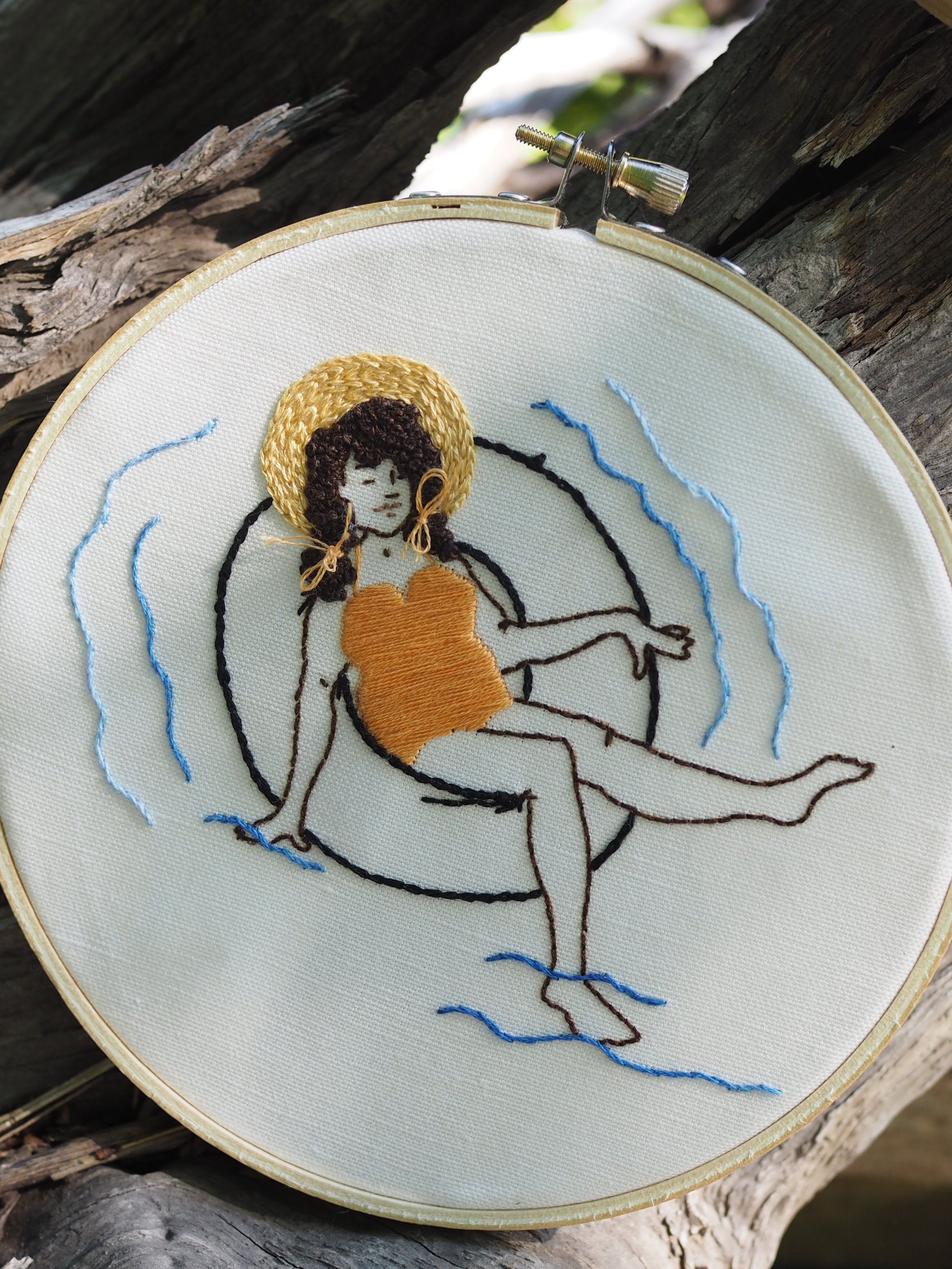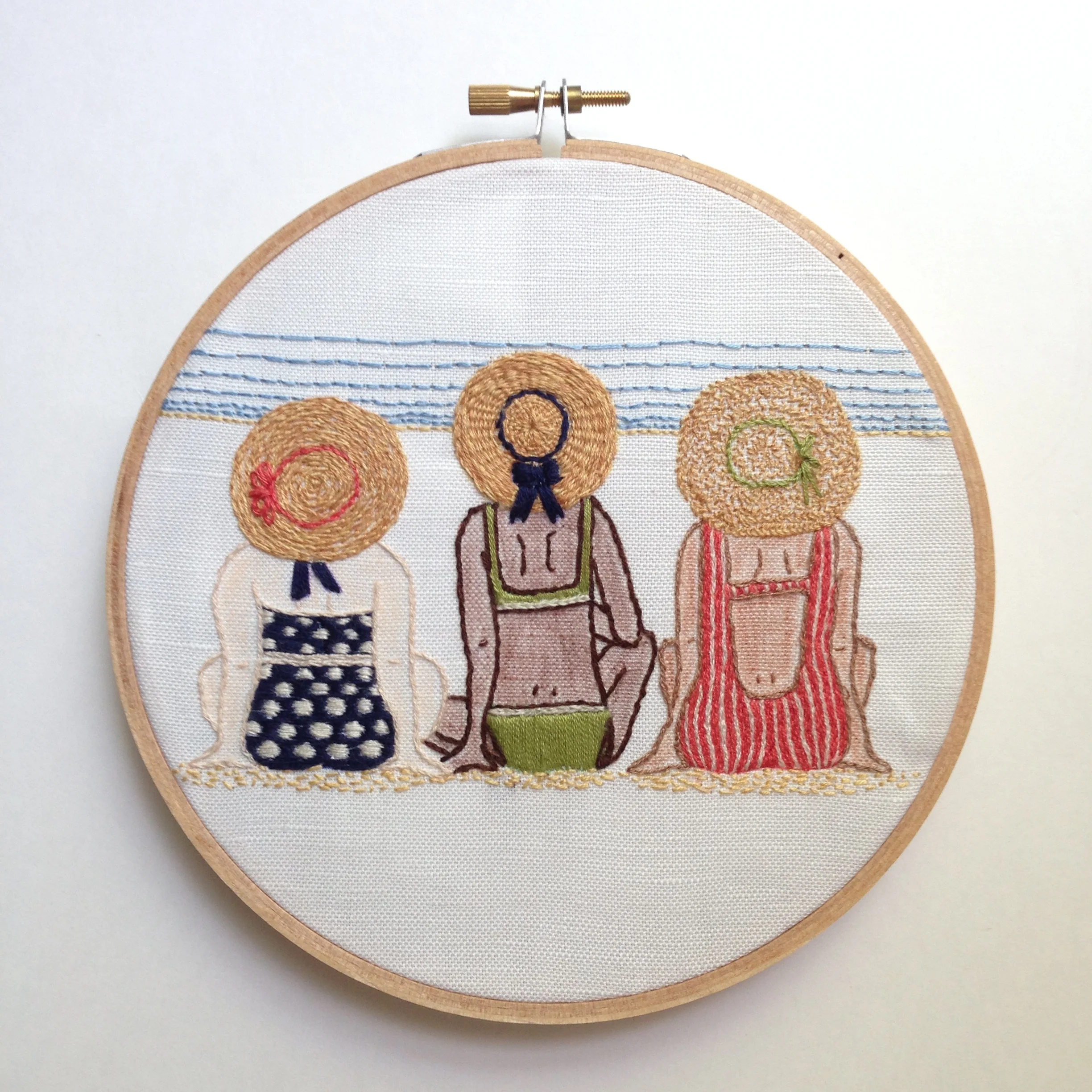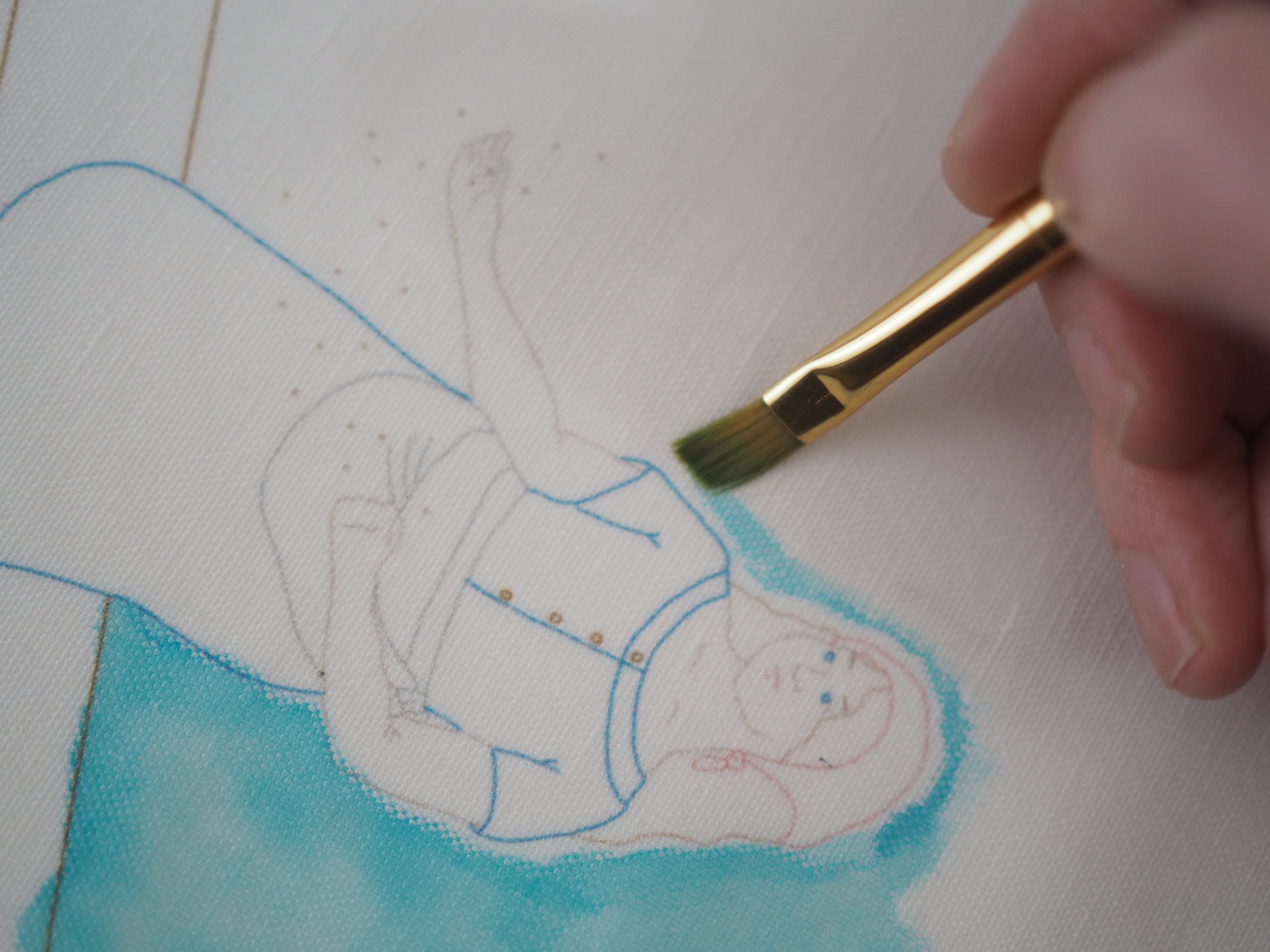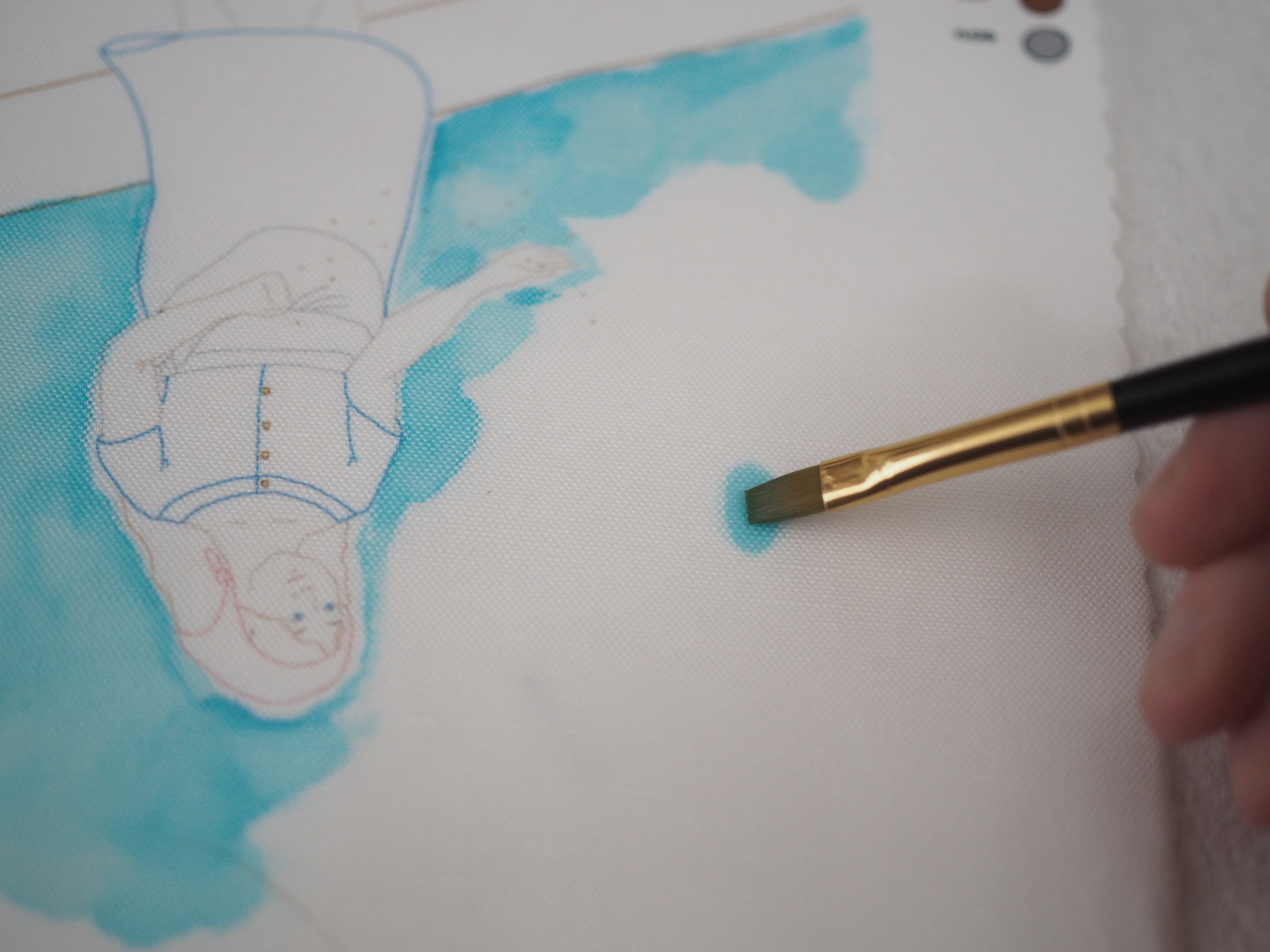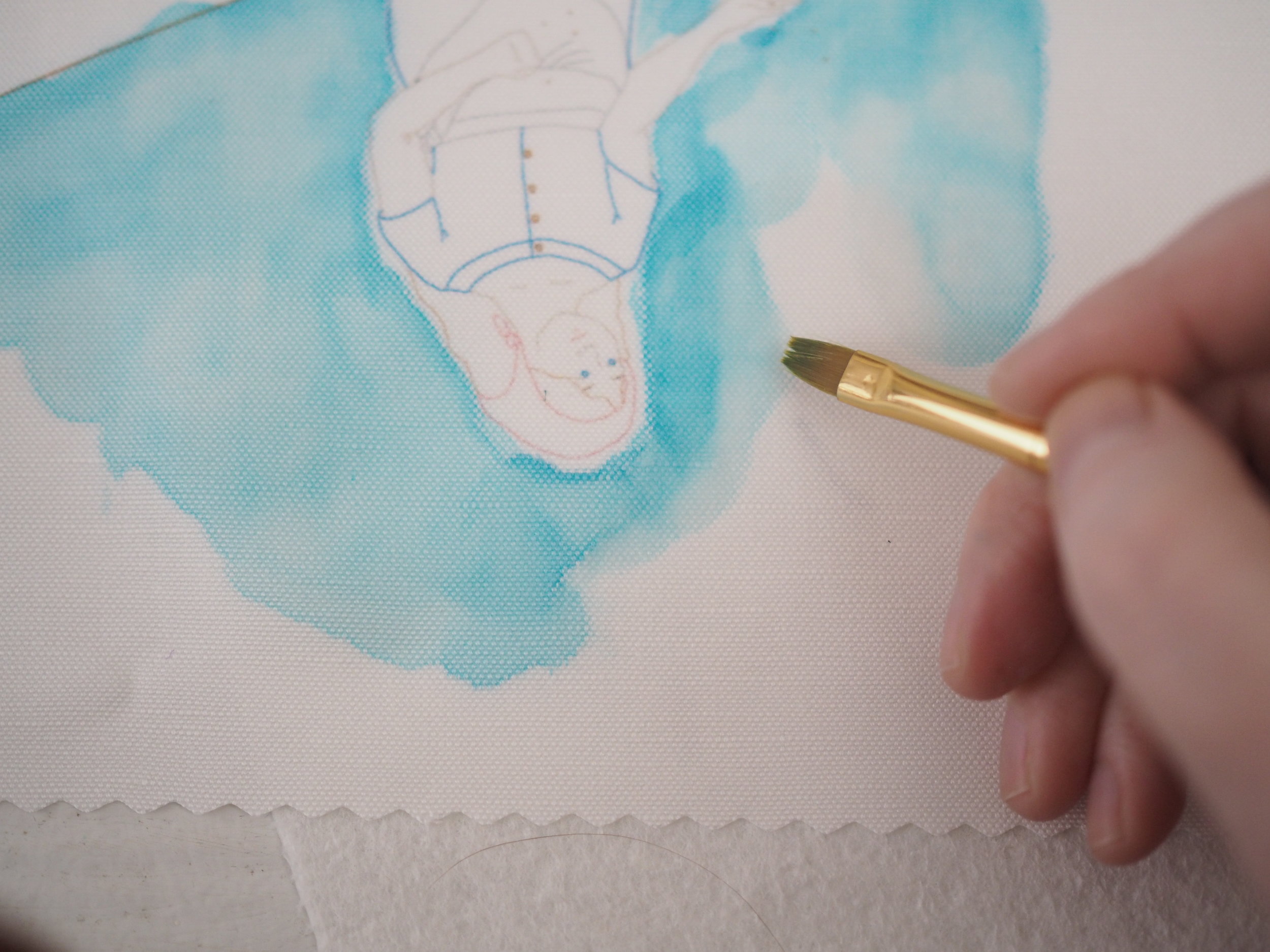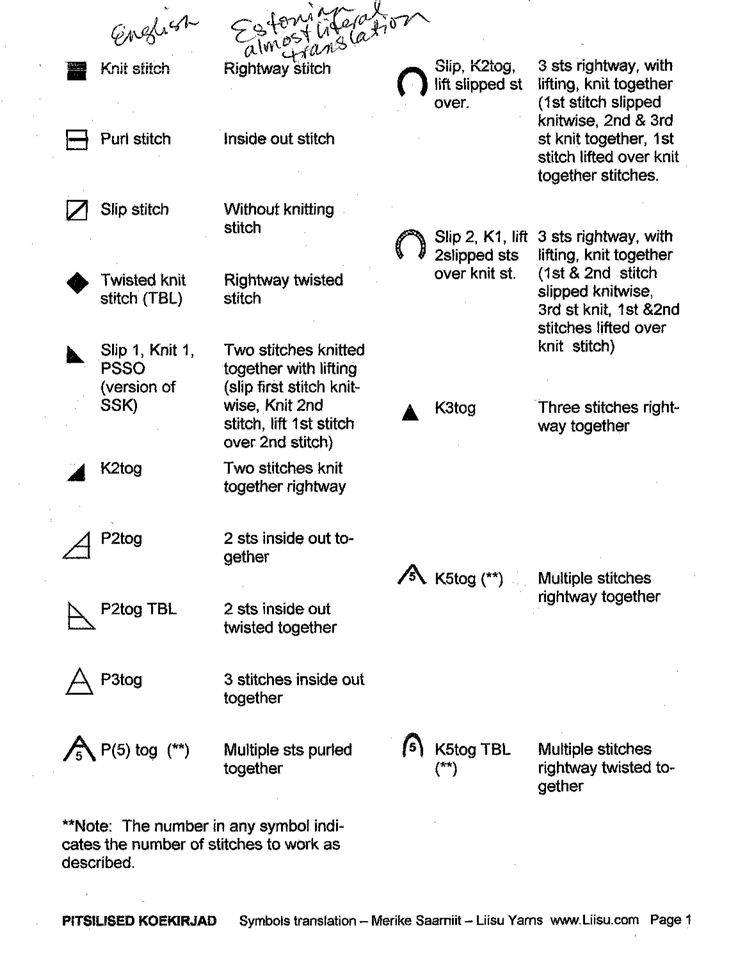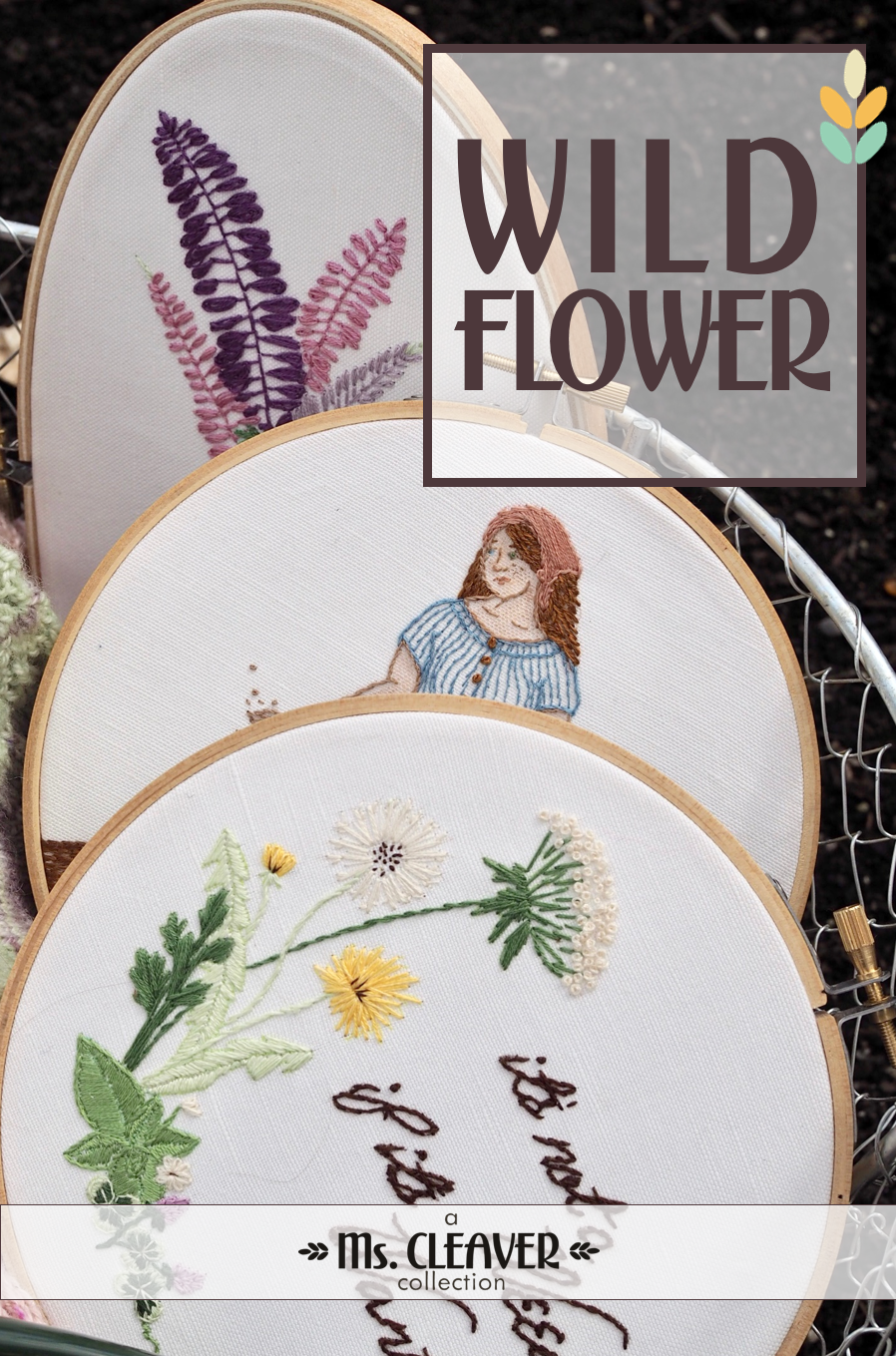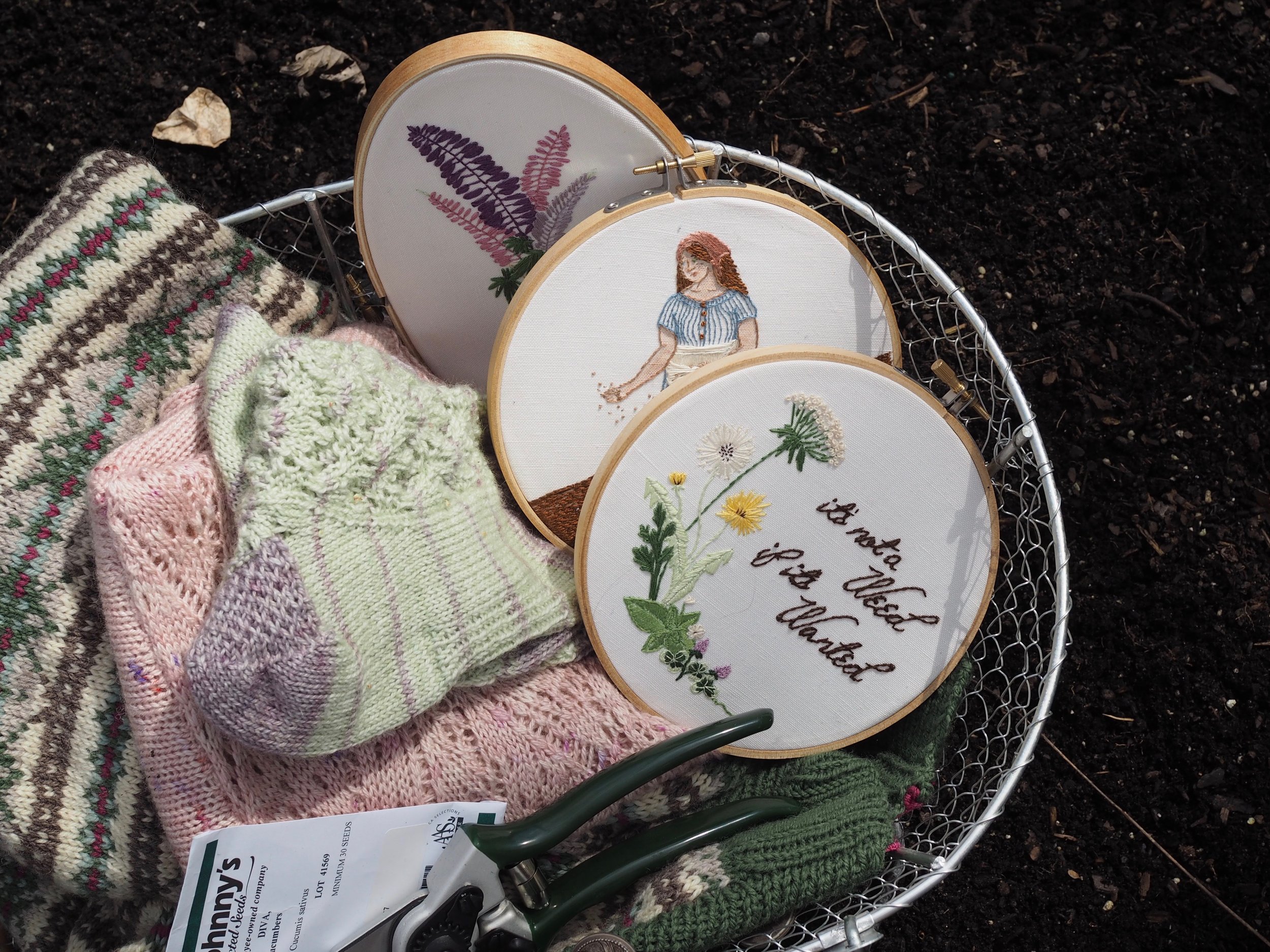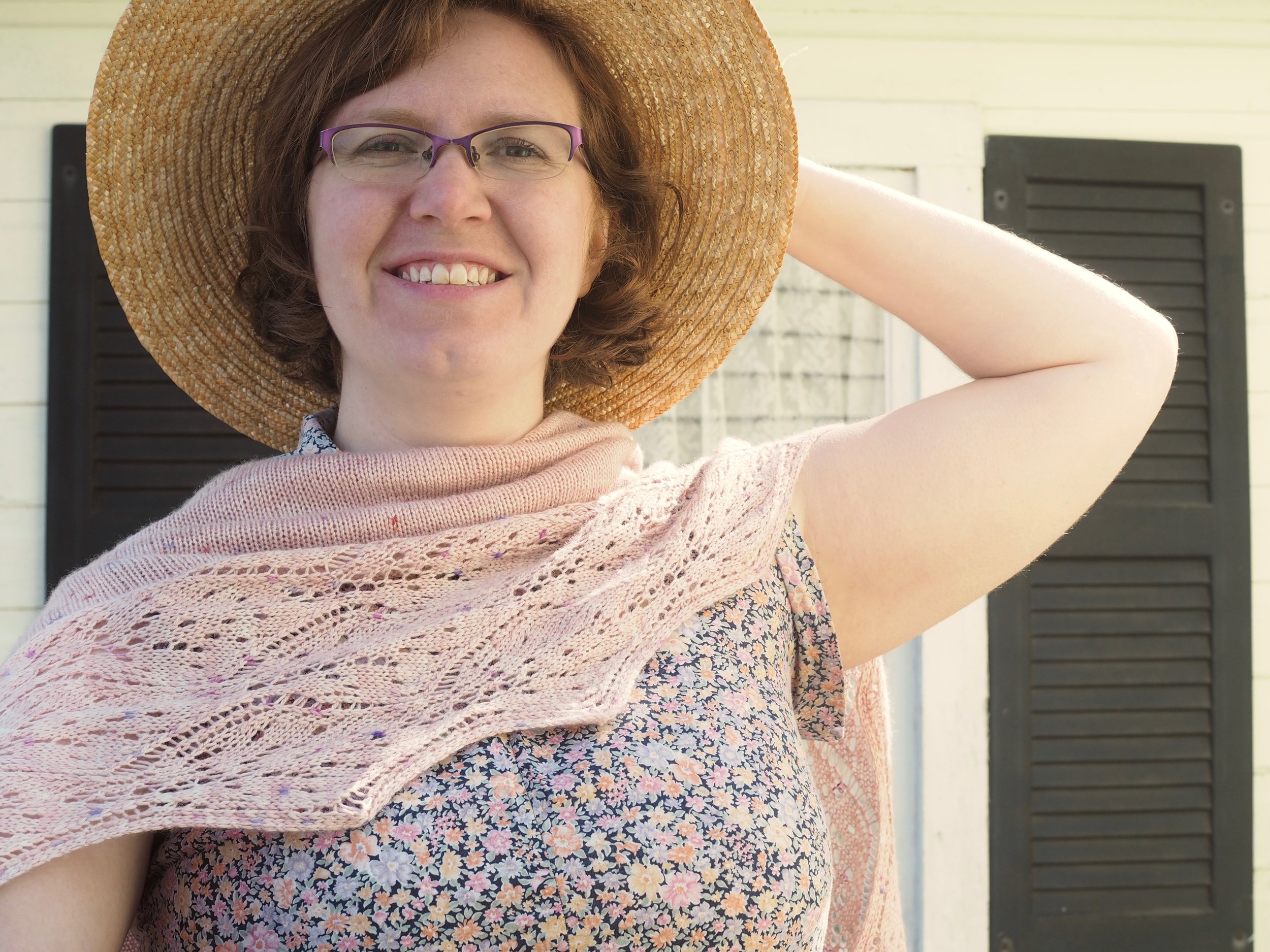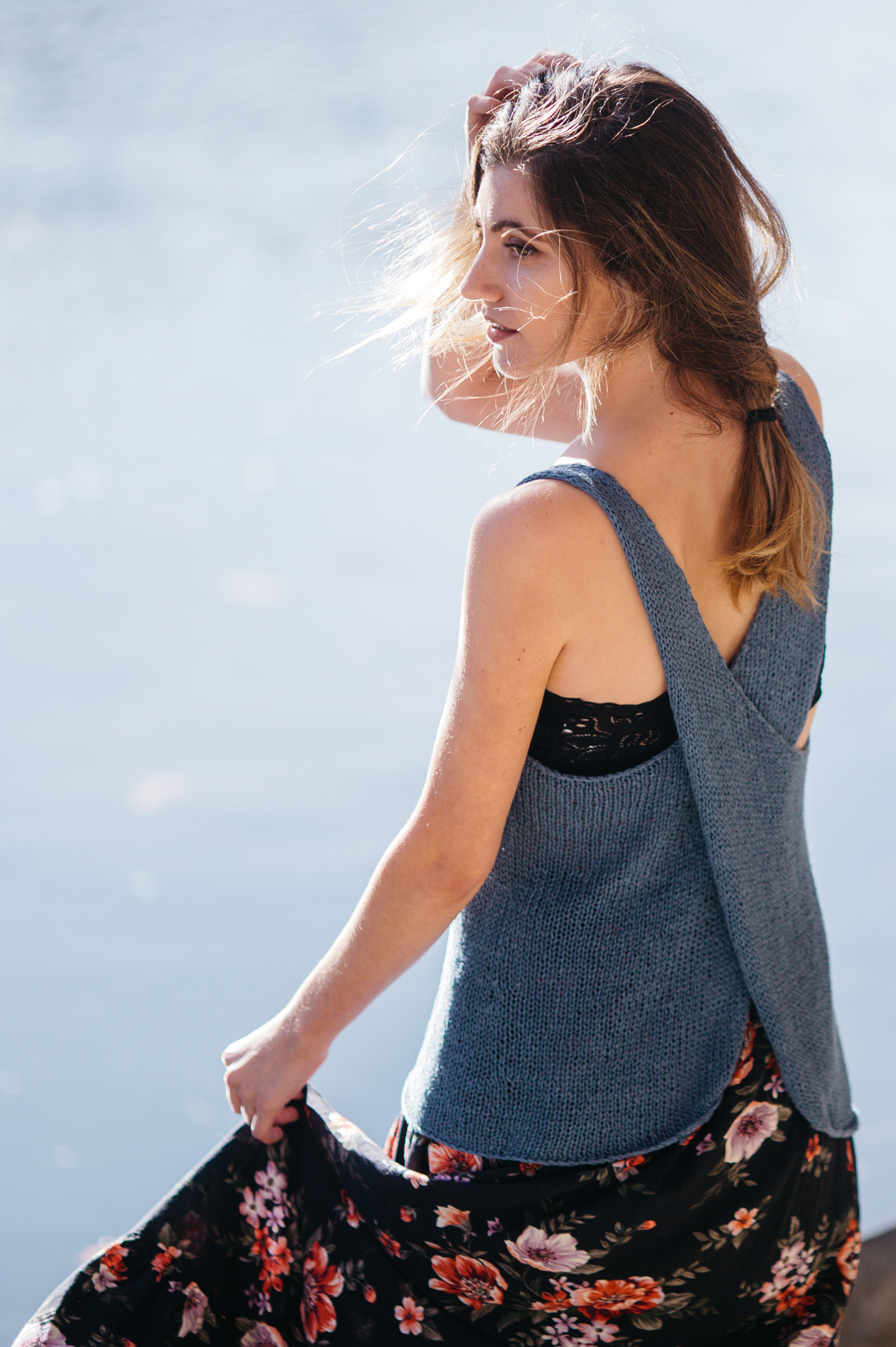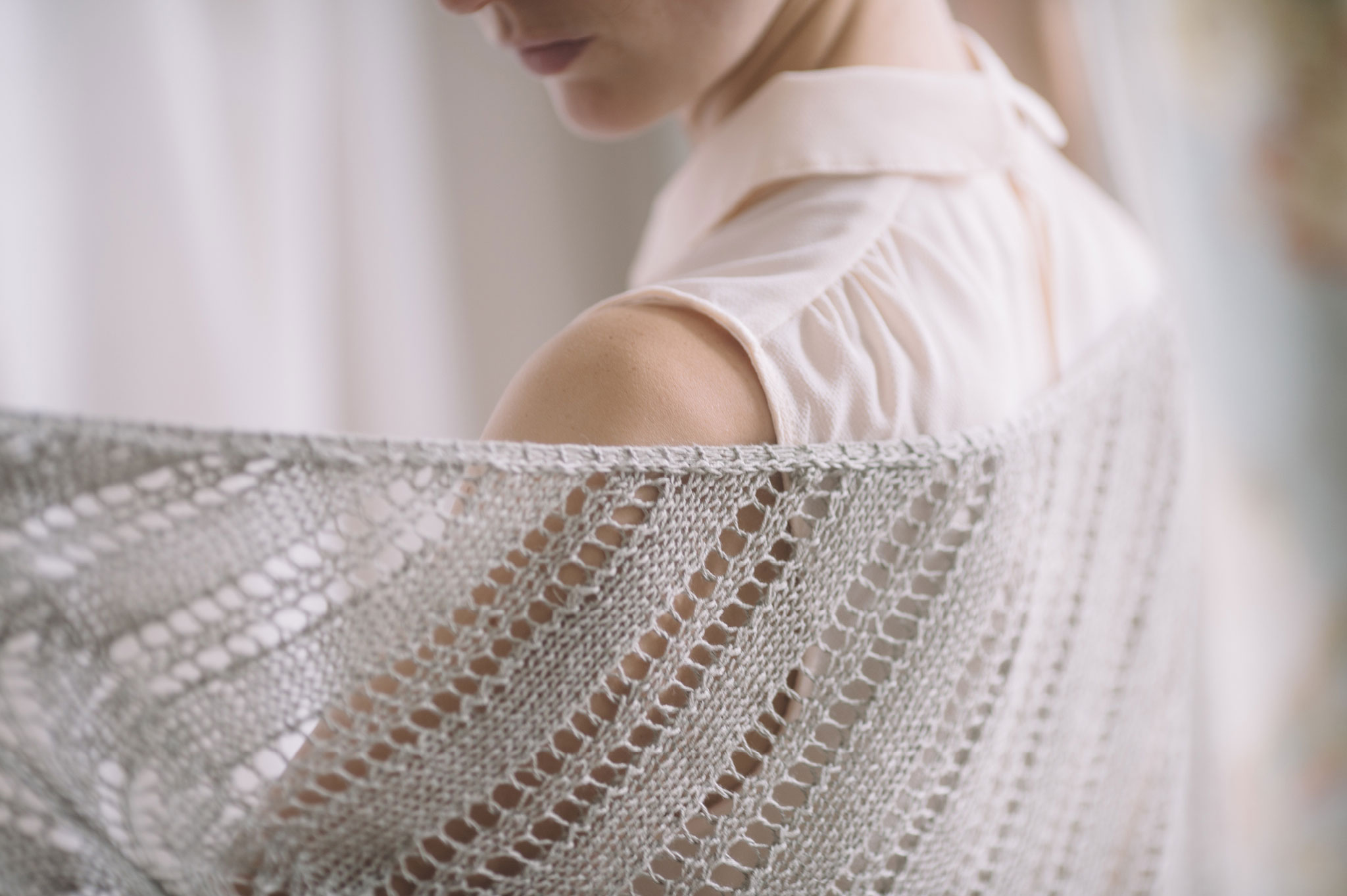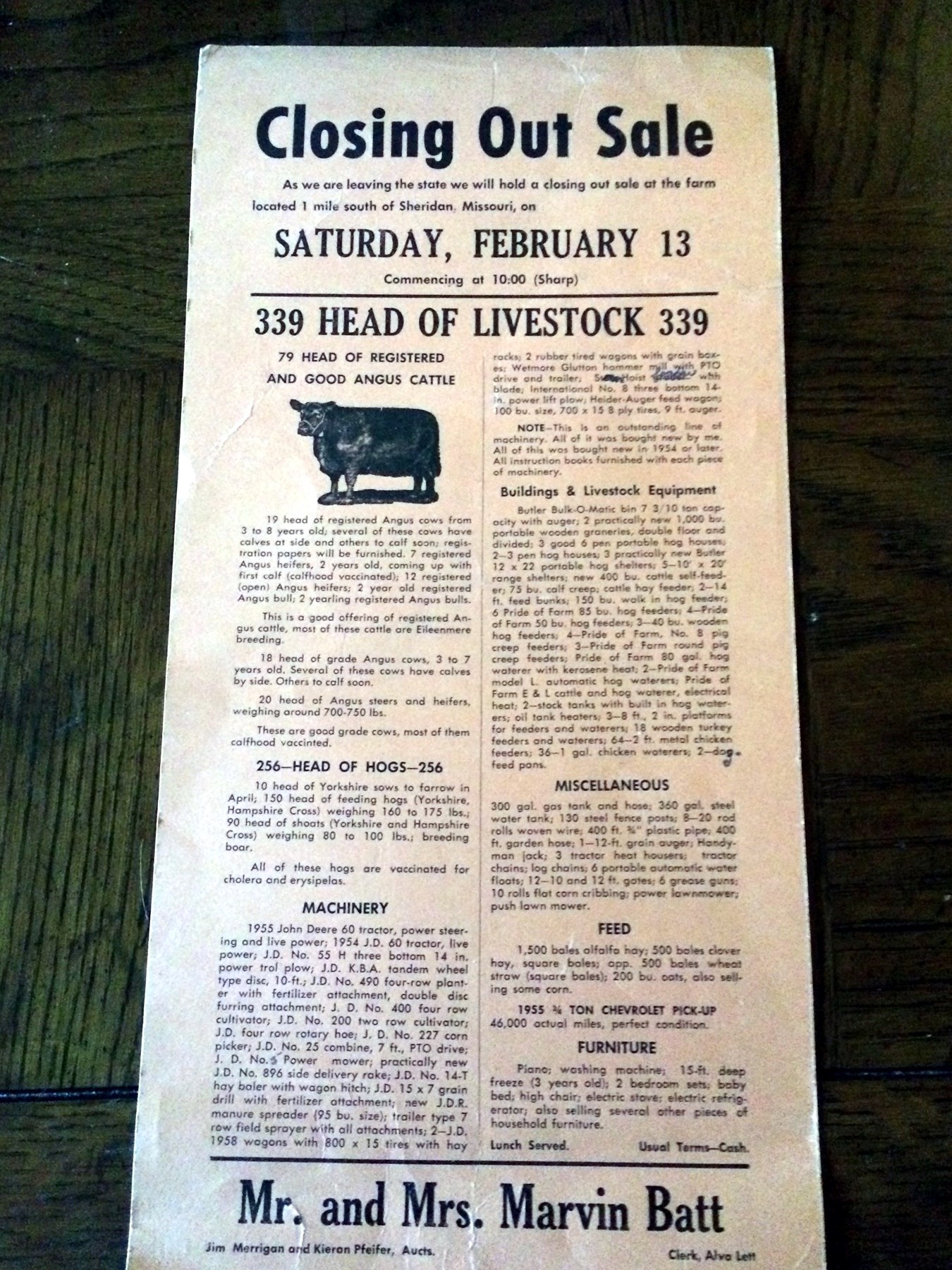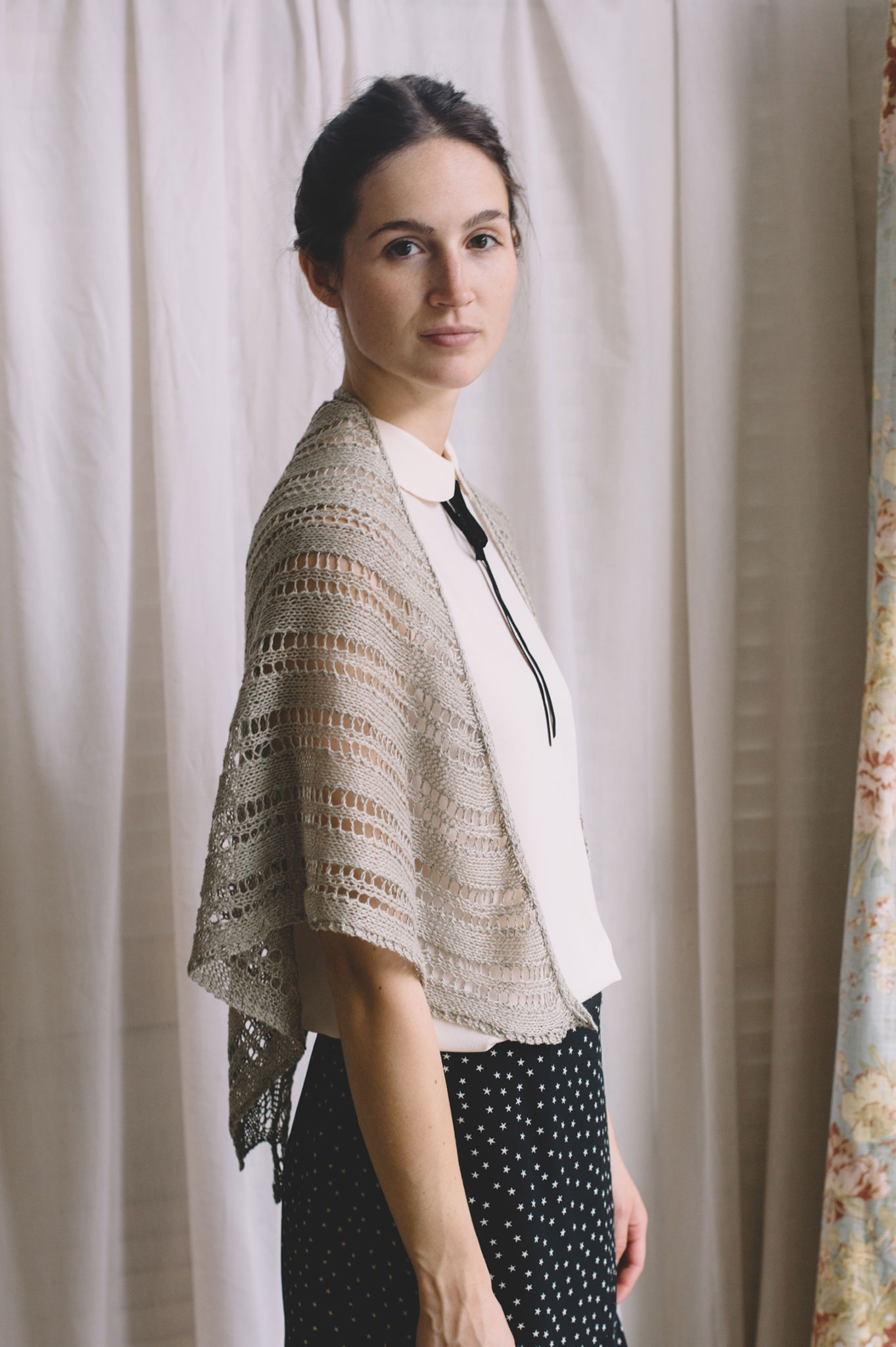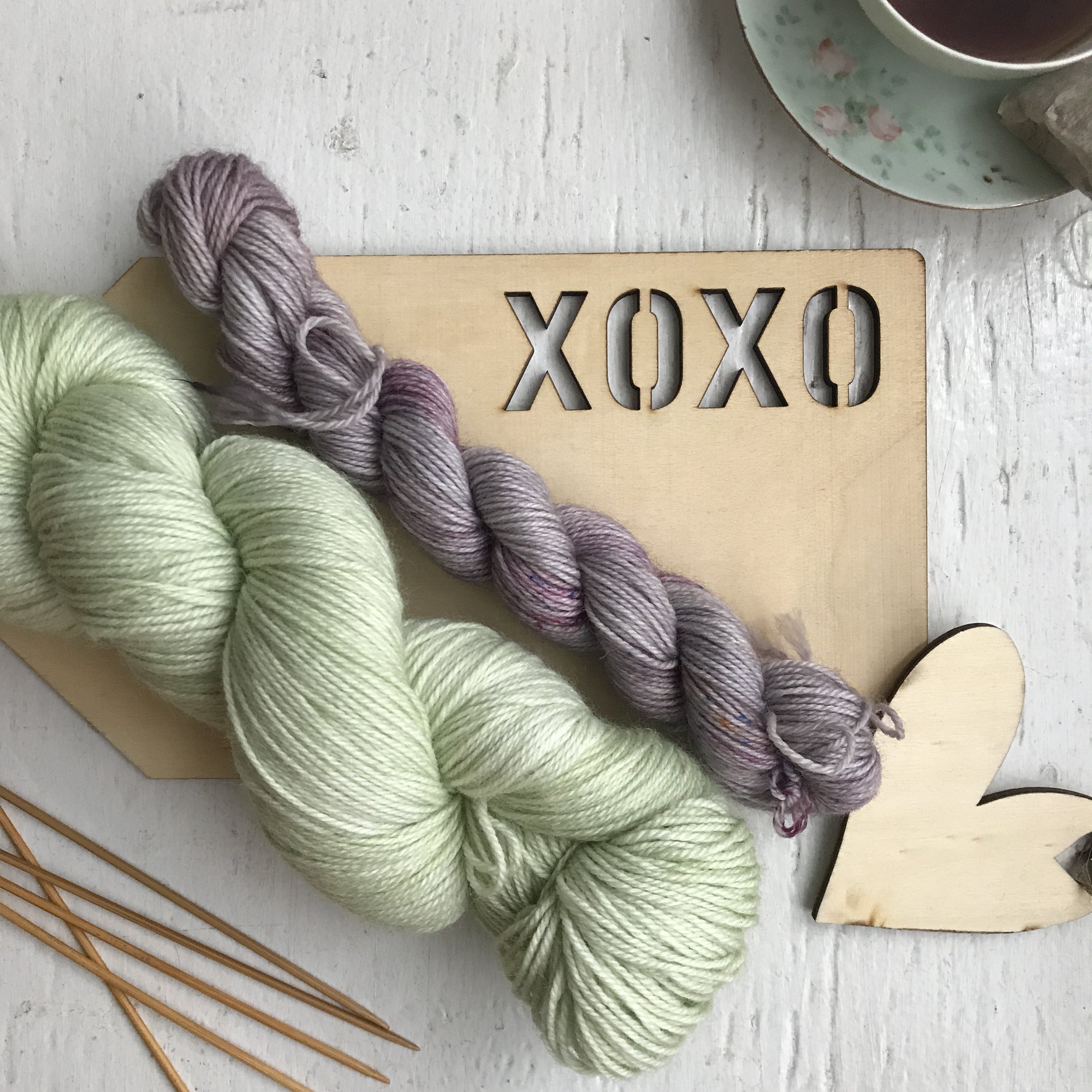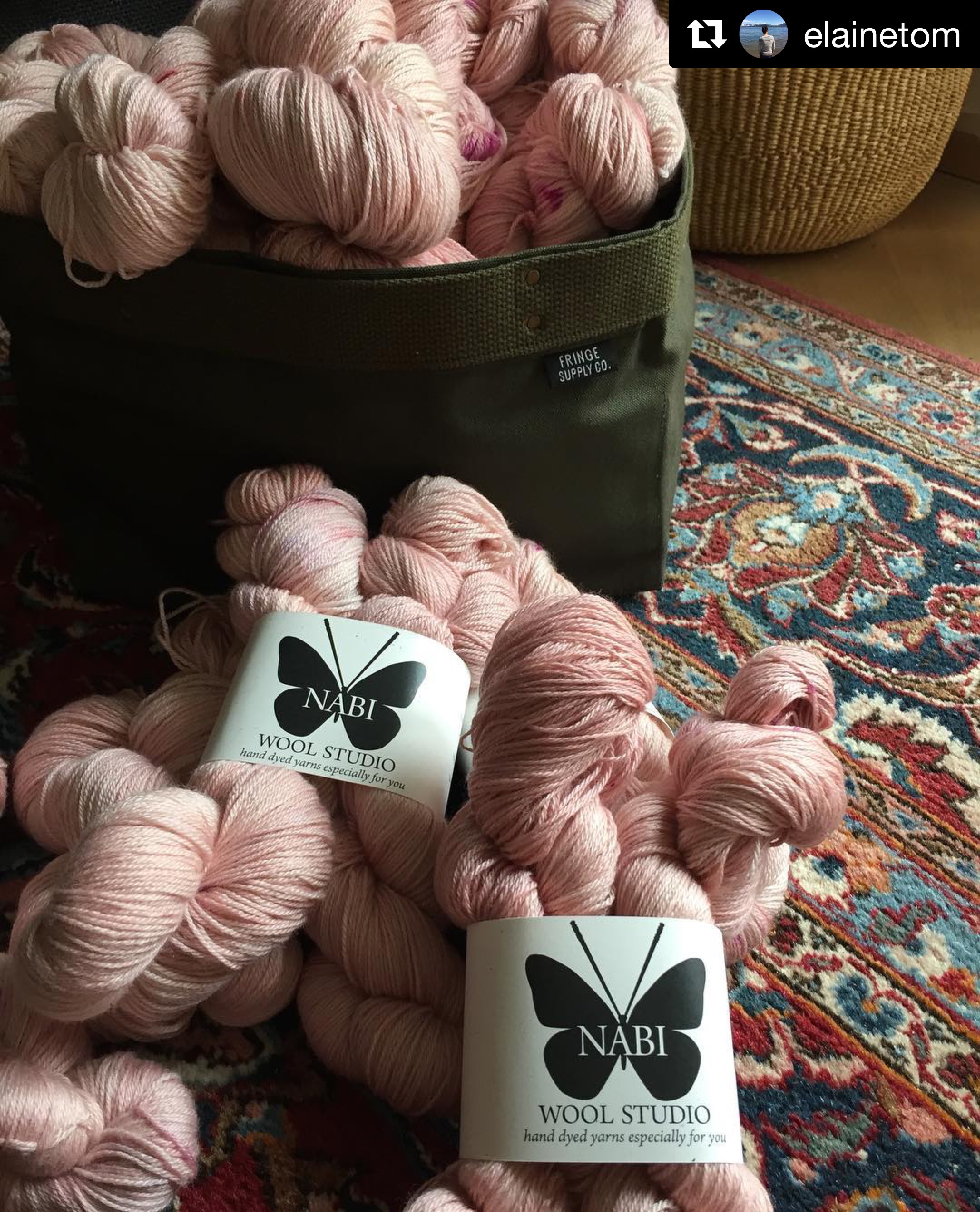Is it possible to be nostalgic for a life you've never lived?
My idea of the perfect summer, for better or worse seems to be heavily colored by Country Time Lemonade commercials and reruns of the Andy Griffith Show that both played in heavy rotation during summer mornings in the late 1980s - I think summer should be swimming holes and floating docks in lakes and, yes, inner-tubing (with real tire inner tubes) down a lazy river.
I can only recall actually inner-tubing on a real river (instead of, say, at Raging Waters) once - but I wouldn't mind kicking off my sandals, and going for a long float down a shady river. Until that opportunity pops, up I'll content myself with this trio of stitched ladies acting as my proxy.
Want to stitch up your own lazy summer? Pick your favorite floating beauty or stitch up all three for a summery triptych - each kit comes with a range of five hair tones (silver, blonde, red, light brown, and black) and three skins tones (light, medium, and dark) to personalize your hoop art.

